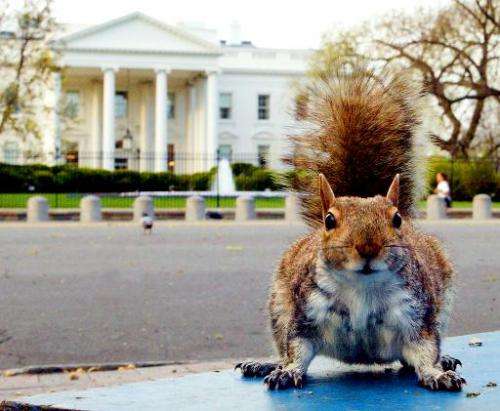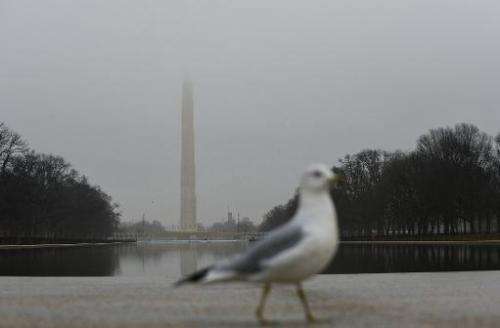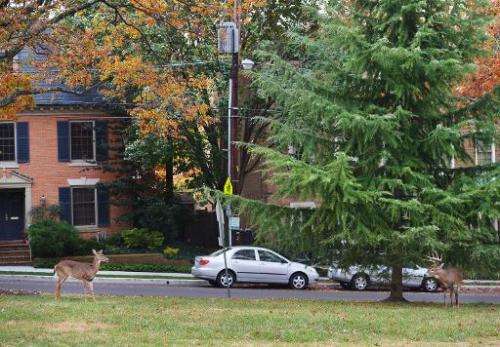Power-hungry Washington's soft spot for wounded wildlife

Washington is synonymous with power, majestic buildings and ruthless ambition. But it also has a cuddly side, nurturing orphaned baby squirrels and lame turtles.
City Wildlife, which opened a year ago, is the US capital's first clinic to tend to injured wildlife.
Director Alicia DeMay, a former veterinary assistant, explained that the privately funded facility can look after 1,500 animals a year, and at times has up to 300 patients in house at one time.
"She came in cold and wet," DeMay says, standing in front of a cage with a female baby squirrel, rescued after it fell out of a tree.
This city of political hawks and doves is also brimming with wildlife. Sometimes, squirrels, deer, seagulls, opossums and even bears can even venture out of the woods into urban settings, surprising locals.
Washington is "surrounded by an ecosystem that has a marsh, the Potomac basin, the Potomac River, and there's quite a bit of wooded areas along the river," said Raymond Noll of the Washington Humane Society.
"Throughout the city there are large wooded tracks having indigenous wildlife," he added.
The local chapter of the largest US animal protection society patrols night and day and responds for free to calls about wild animals in distress.
One staffer, Cindy Velasquez, has just set out for a house where a squirrel scampered down a chimney into a private home and got trapped in a room.

Velasquez wore gloves and took 10 minutes to catch the poor scared animal, which she then released outdoors.
She said the day before, a bat had gotten its wings stuck to a frigid wall. Once freed, it flew away, she said.
But if a wild animal is hurt, it is taken to City Wildlife in northwest Washington.
The clinic is open every day and boasts incubators, a pharmacy, two rooms full of cages and an examination room where animals are first left for 30 minutes to relax, said DeMay.
They are fed and cared for, for days or even months, before being released back into their original habitat.
One recent resident: a baby hummingbird hardly bigger than a coin, which had been attacked by a cat. It had to be fed every 15 minutes, DeMay said. Another was an osprey.
But bigger animals, like deer, or ones that might carry rabies, such as raccoons, are put down.
As of mid-December, the clinic had 20 residents. They included a seagull with a bad wing and being treated with antibiotics, a raven that had been struck by a car, several turtles with injured legs or shells, and some orphaned squirrels.

In one cage, two opossums fight playfully. They came in as babies weighing just 60 grams (two ounces) each.
"Something happened to the mom," said biologist Abby Hehmeyer, one of three staffers at the clinic.
The cages are often covered with black sheets and talking is kept to a minimum, in a soft voice if necessary, so as to minimize contact between the critters and their caretakers, said DeMay.
On one cage there is a note of warning. "MUST WEAR GLOVES, squirrel will attack when you open enclosure," it reads.
And the visitors do not get names.
"We want them to be mean. They are wild animals, they are not pets," said DeMay.
© 2013 AFP

















